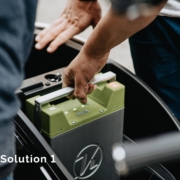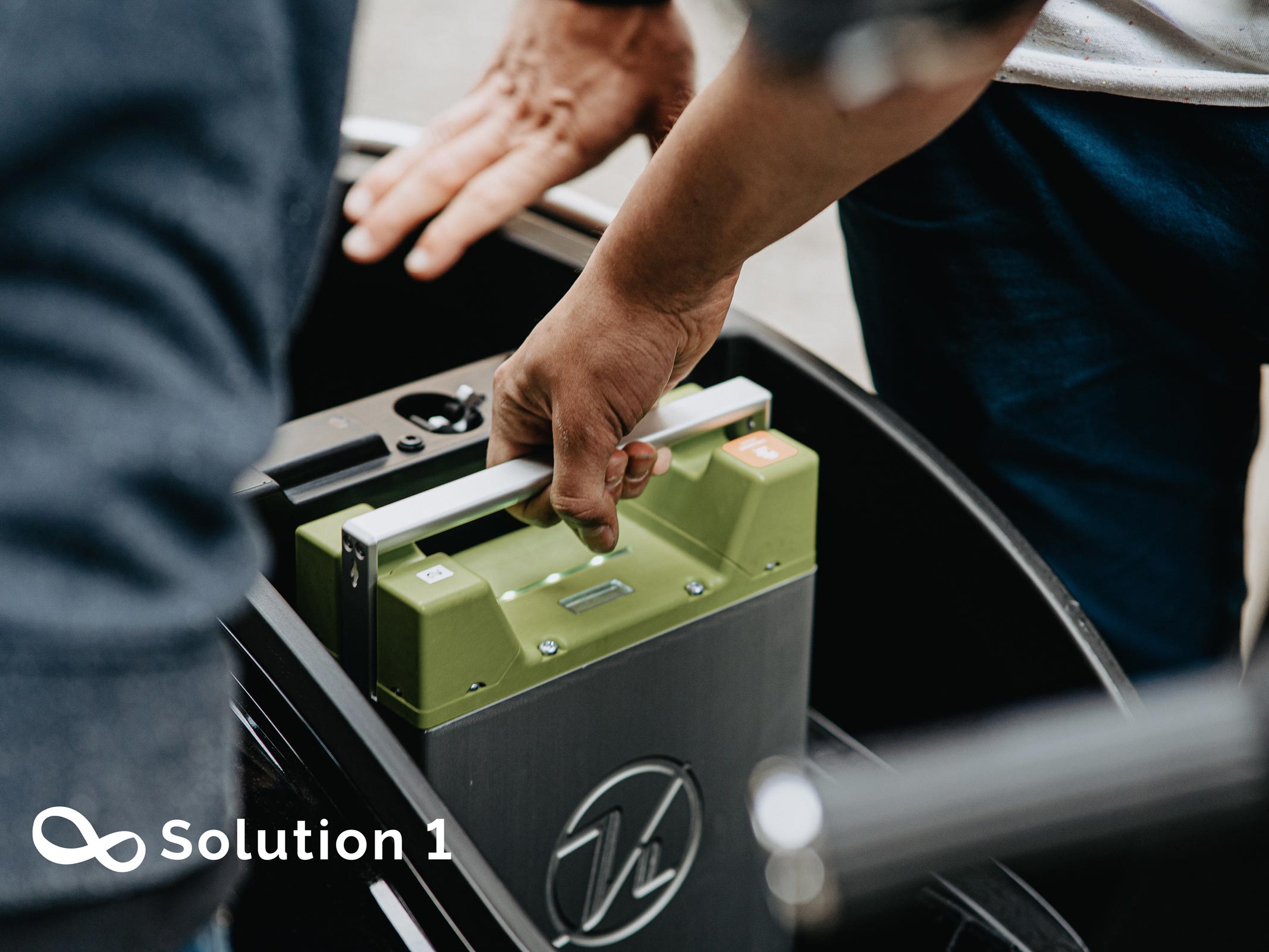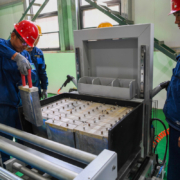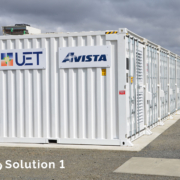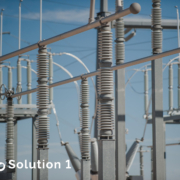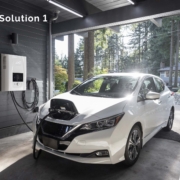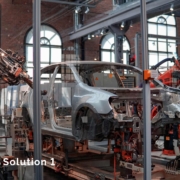The second use of batteries will reduce the need for raw materials for battery energy storage systems.
- Developing second use of battery technologies obviously leads to a more efficient and sustainable use of resources.
One of the ways to ensure Europe’s sustainable future is by improving the electrical grid and buffer capacities. This involves making the grid more flexible to integrate increased electricity generation from renewable sources and more efficient and reactive to meet future demands from increased electrification, especially from the transport sector.
However, investing in new grid infrastructure or upgrading the existing one requires a big budget. Buffer capacities, though, help smooth supply and demand profiles and relieve grid fluctuations. Unfortunately, limited by infrastructural considerations, additional systems are needed to compensate for supply and demand imbalances.
“The global Electric Vehicle Battery Recycling market size is projected to reach USD 2426.4 million by 2028, from USD 1176.3 million in 2021, at a CAGR of 10.8% during 2022-2028.”
Battery energy storage systems have been investigated as an alternative to solve the grid and buffer capacity challenges and it was concluded that, by using batteries, it is possible to balance demand, and by that, ensure that renewable energy can be used when needed, not just when generated.
In Europe, Battery energy storage systems are being developed, implemented, and tested by industries, consumers, and research projects. Industrial-scale second-use systems have a capacity ranging from several kWh up to several MWh, whereas smaller research and development projects have a capacity of several kWh. The larger storage systems are often built by industry partnerships consisting of vehicle manufacturers, utility companies, and technology developers, and their solutions are based on battery packs.
- Developing second use of batteries technologies to minimize the negative impacts of batteries on the environment.
In America, General Motors and ABB, which is a company that works in the field of automation technologies, repurposed old Chevrolet Volt batteries into a modular unit capable of providing hours of electricity. The idea of this pilot project was to explore an application that in the future will be used to power a group of homes or small commercial buildings during a power outage. Until today, a company called Relectrify offers every home to implement a similar system scalable from 120kWh to 2.4MWh.
Chevrolet integrated old batteries, a solar array, and two wind turbines in order to achieve net zero energy at a data center in an IT building. The 74 kW ground-mounted solar array and two 2 kW wind turbines generate approximately 100 MWh of energy annually, enough power to provide all of the energy needs for the office building and lighting for the bordering parking lot.
American electric truck startup Rivian designed its battery packs to make EOL repurposing as easy as possible. Other companies, like electric bus manufacturer Proterra and General Motors, took the same approach.
The second use of batteries in Asia is dominated by China, Japan, and South Korea with many application areas supported by research activities regarding the second use of battery energy storage systems. Applications range from consumers to industrial applications. China’s second-use market is developing very quickly, mainly due to government policies and the rapidly growing EV market. When compared to other parts of the world, the application range in China is significantly larger.
China currently has a wide range of demand for energy storage batteries. Such as renewable energy power stations, the microgrid of distributed independent power sources, and communication base stations all have considerable demand for energy storage batteries.

